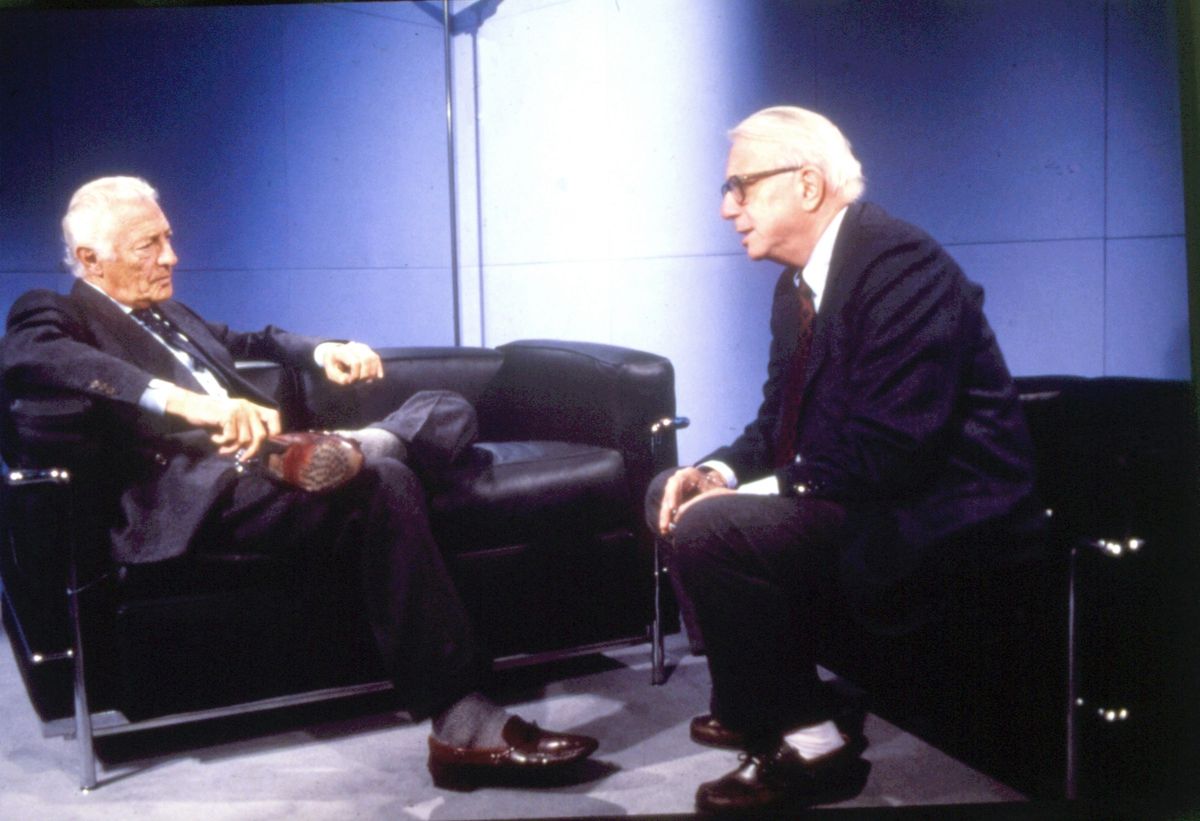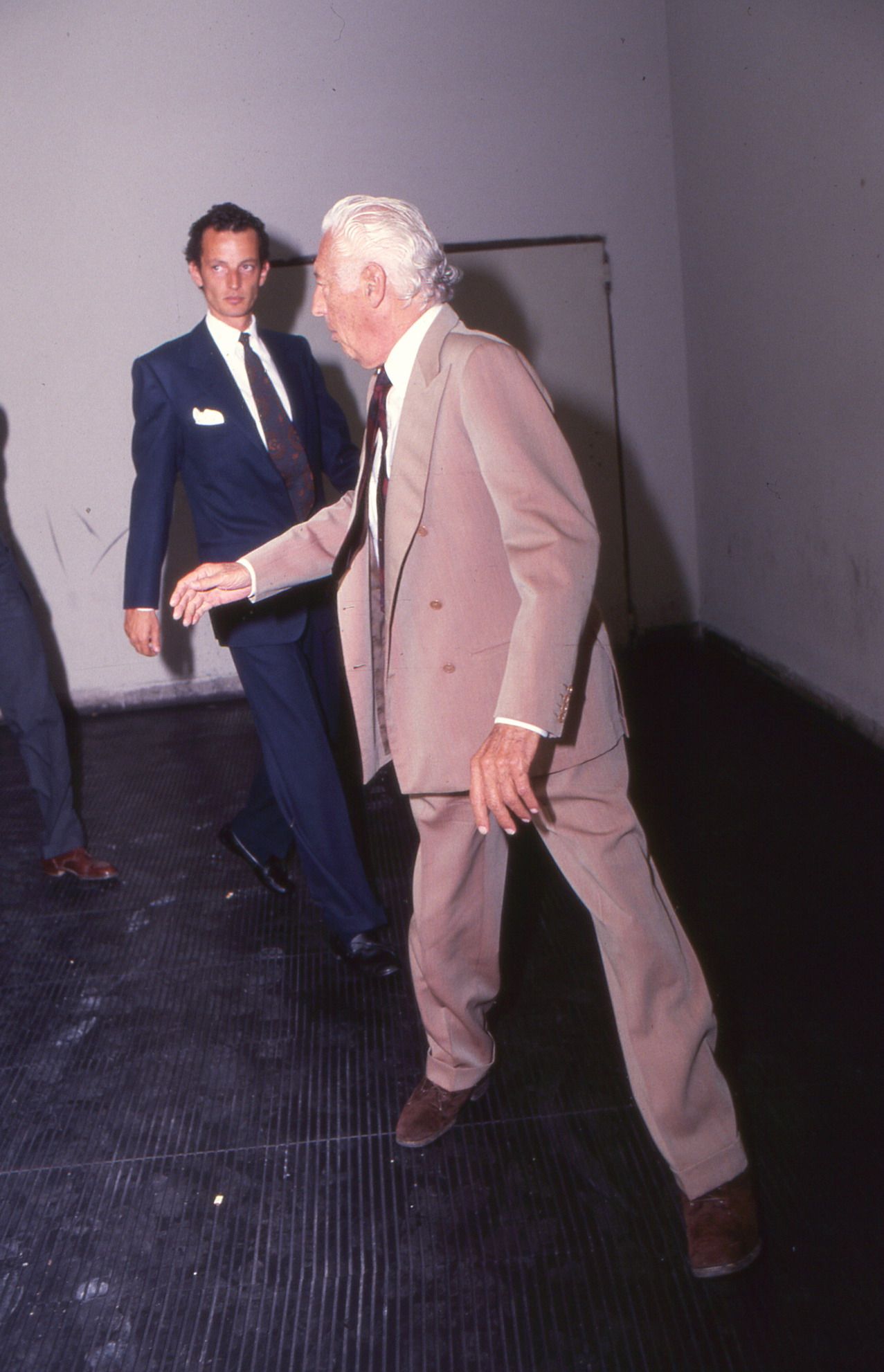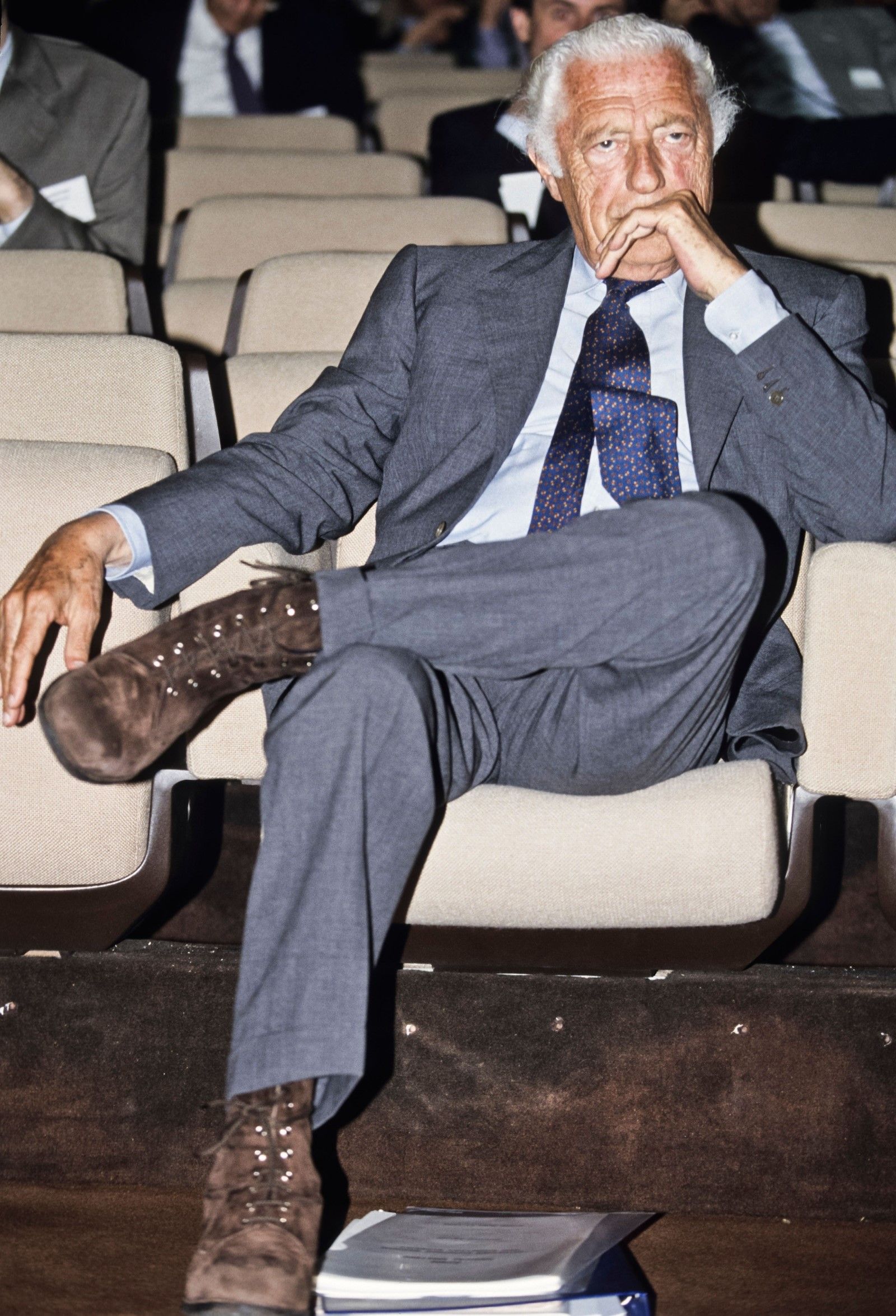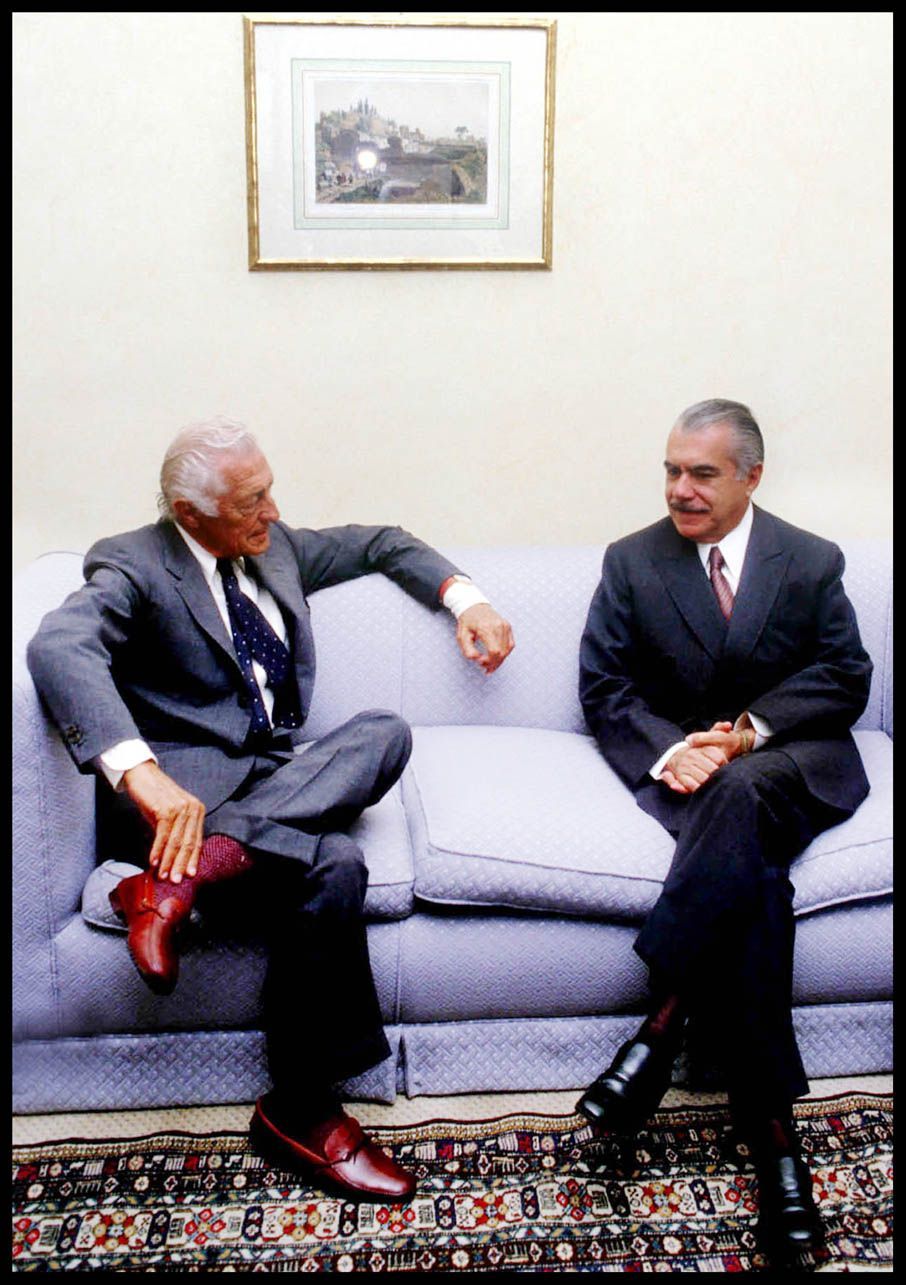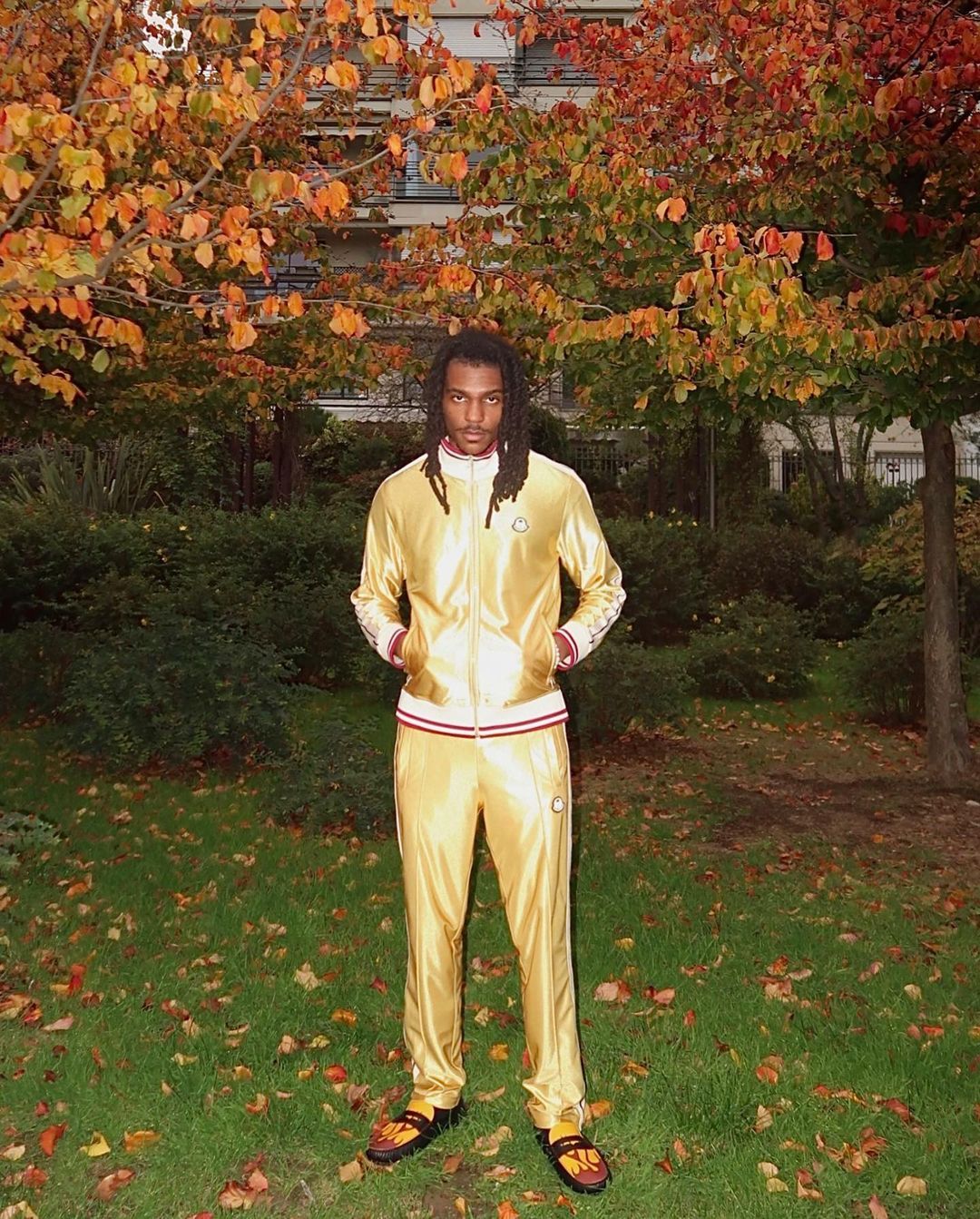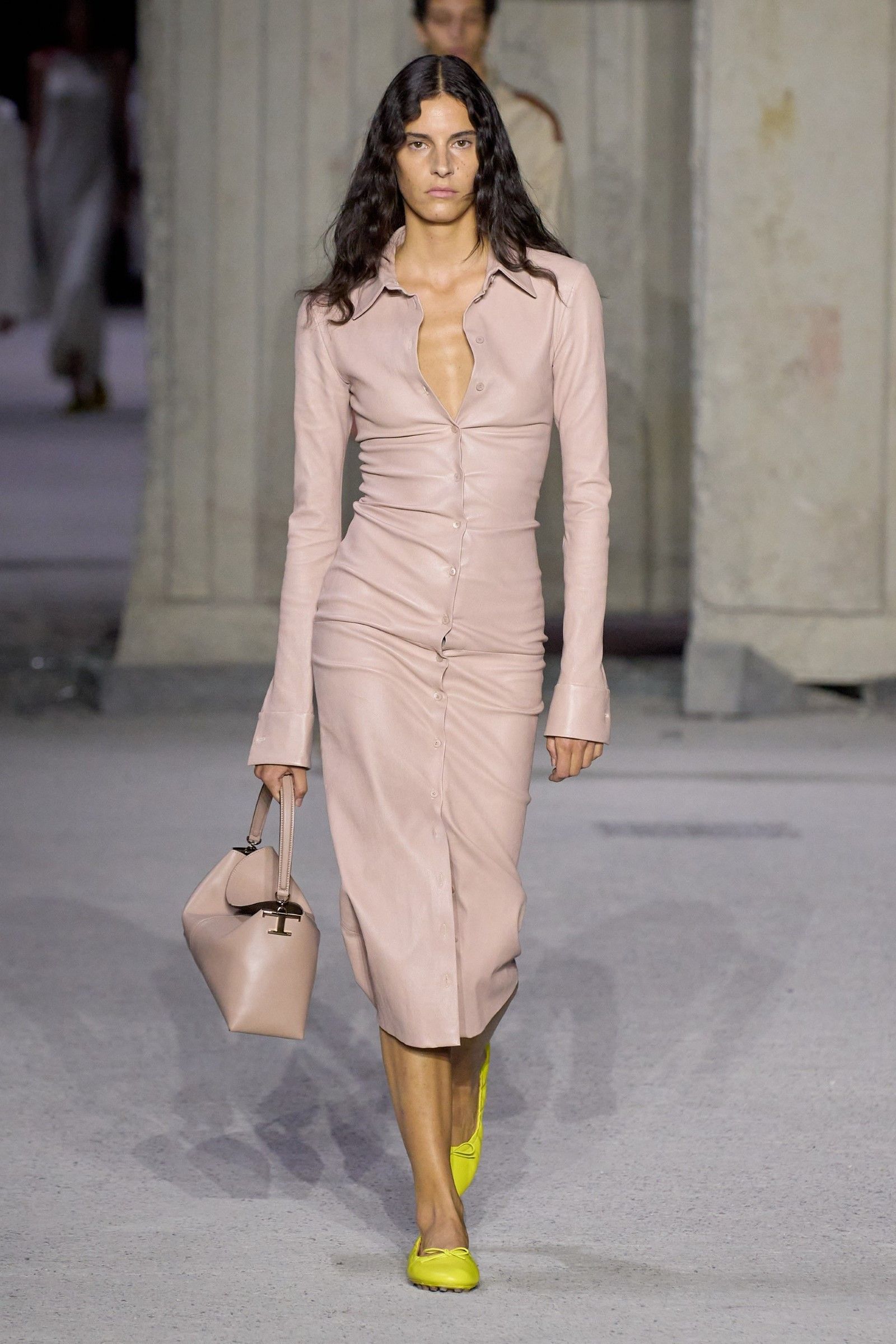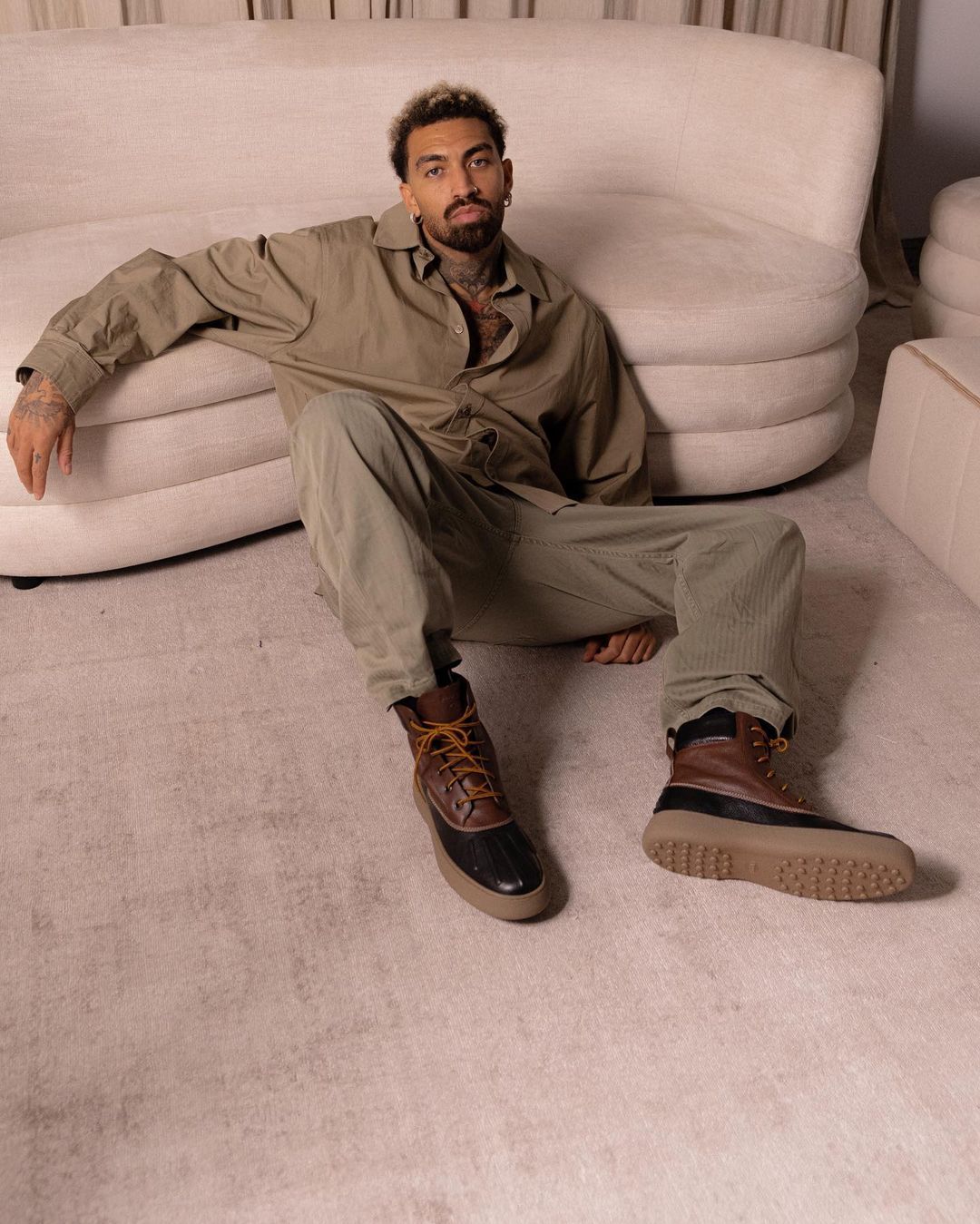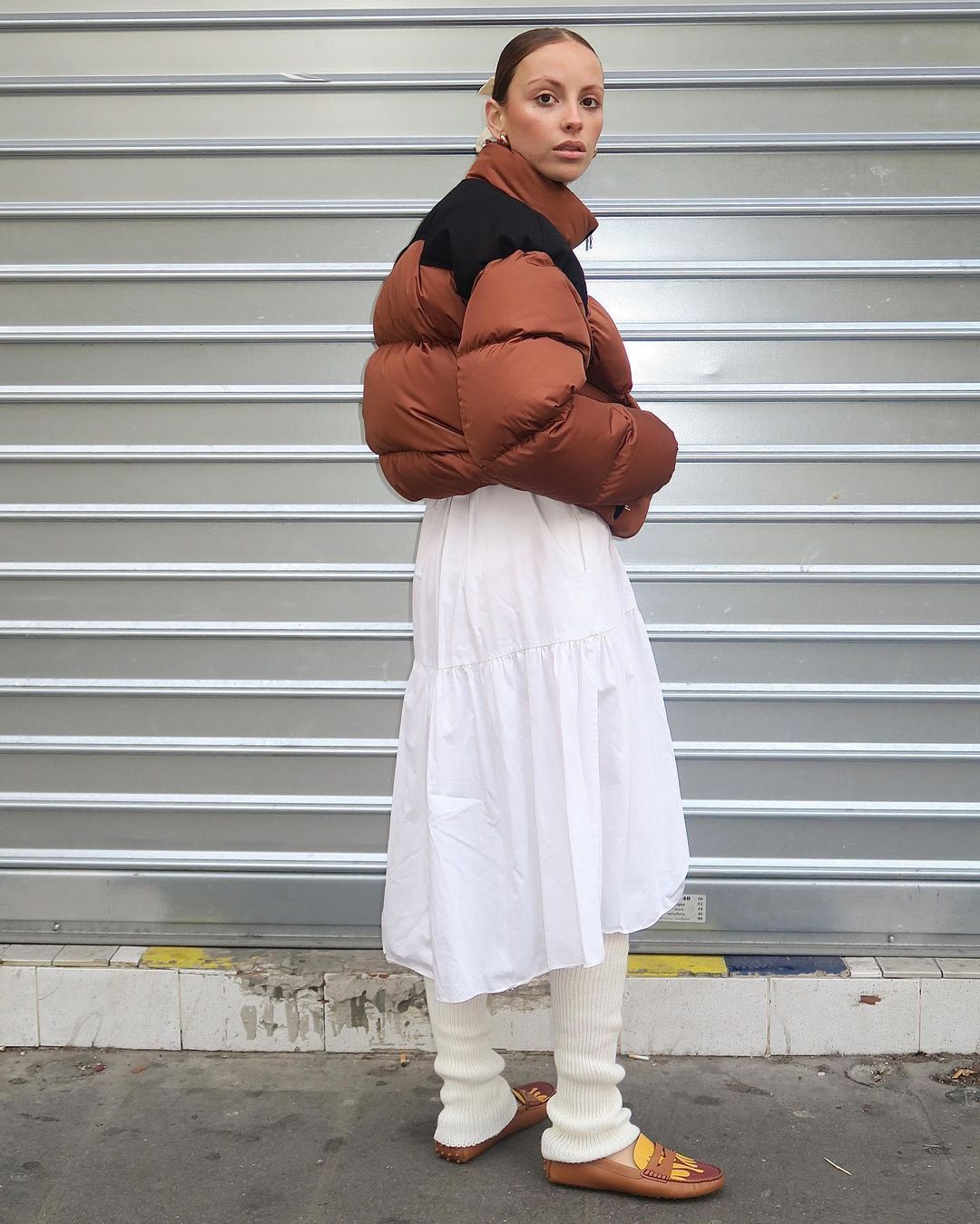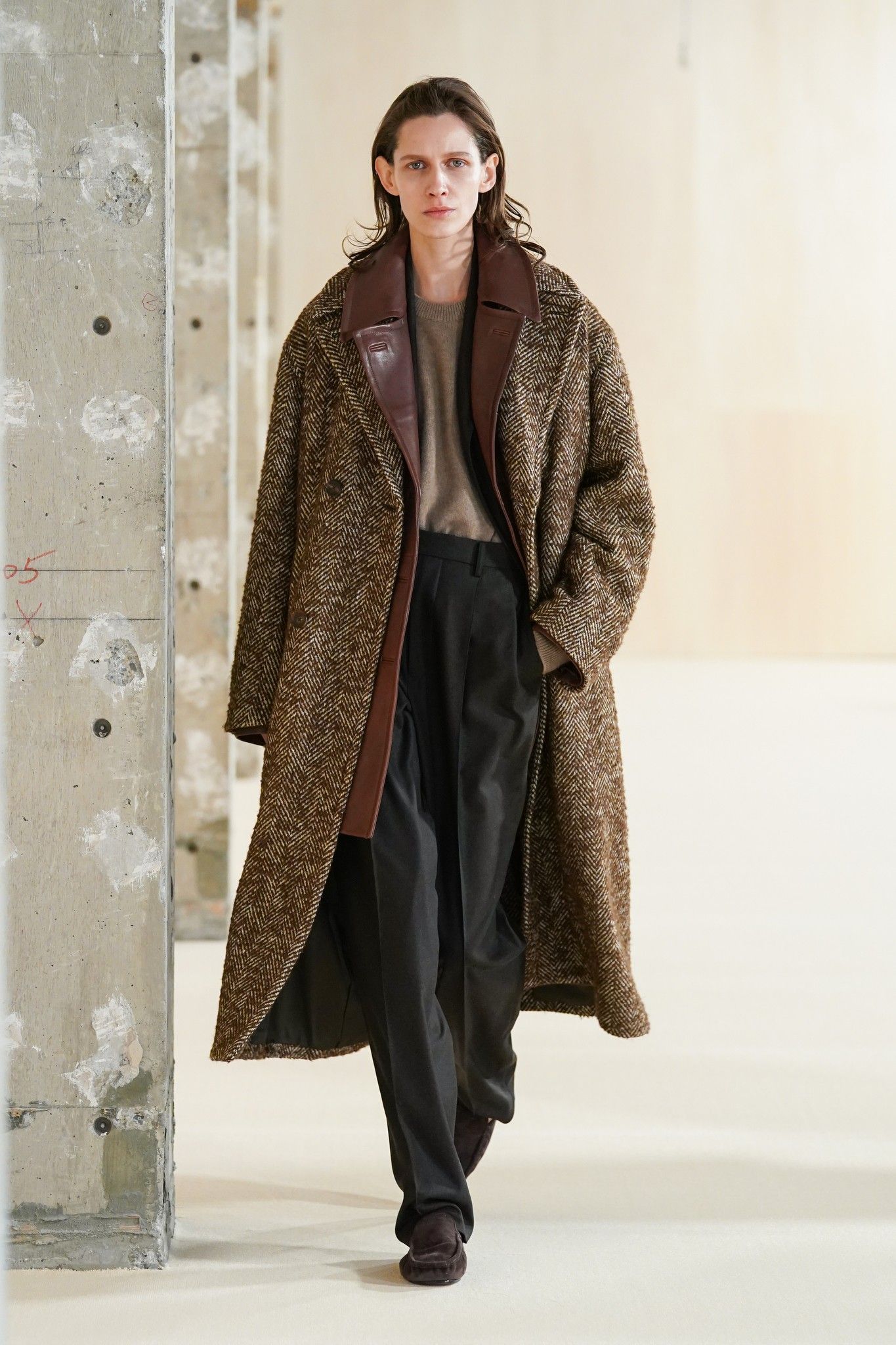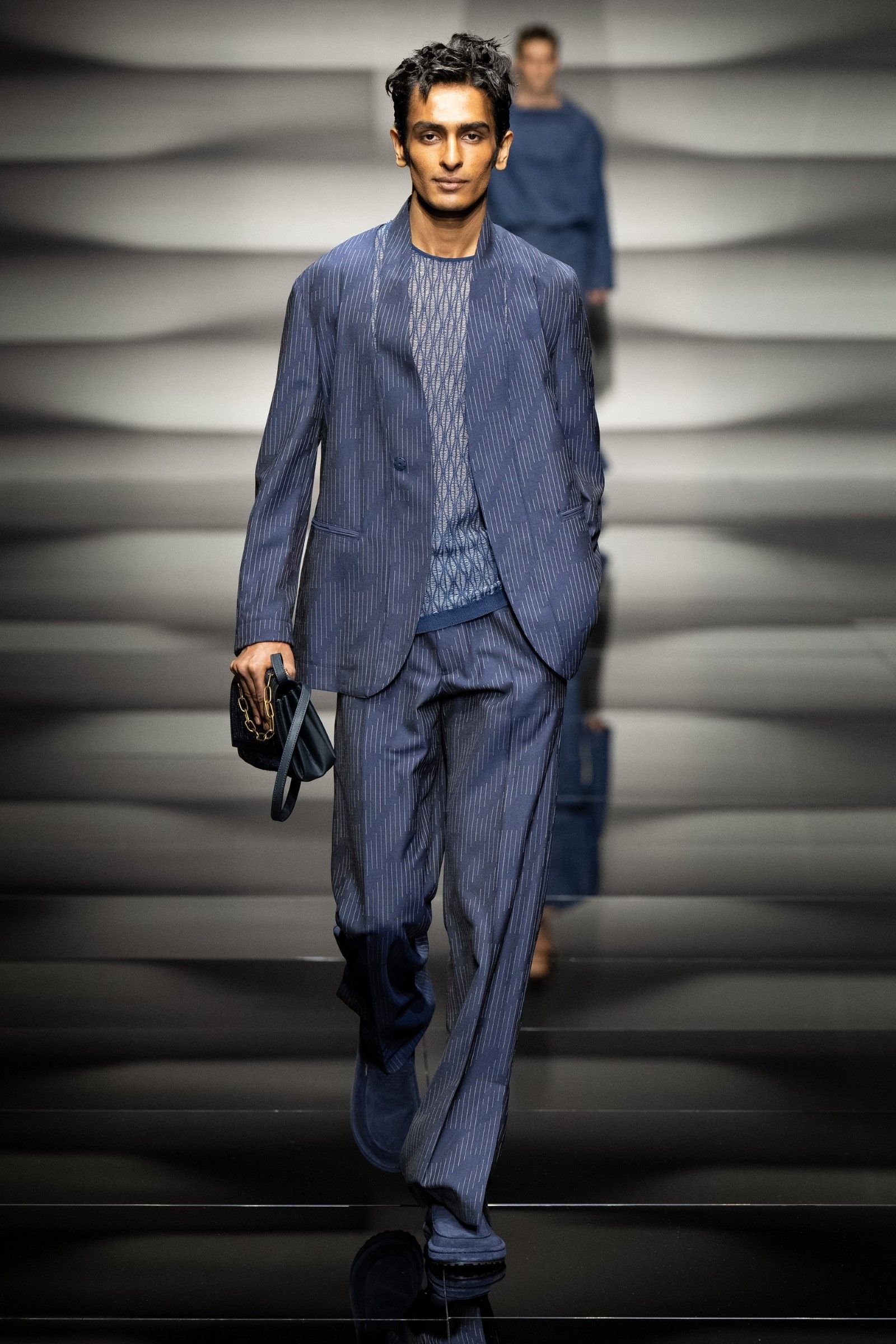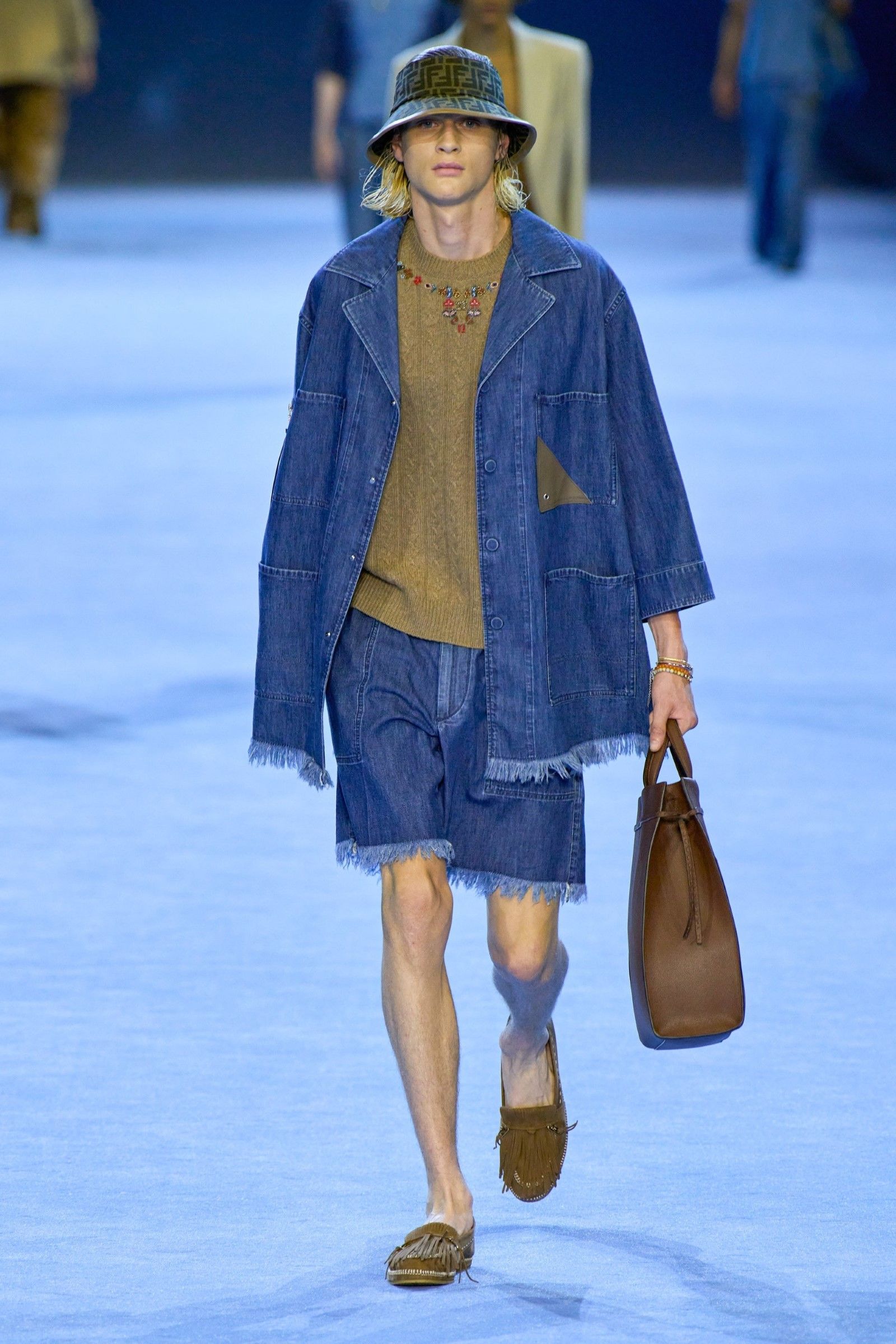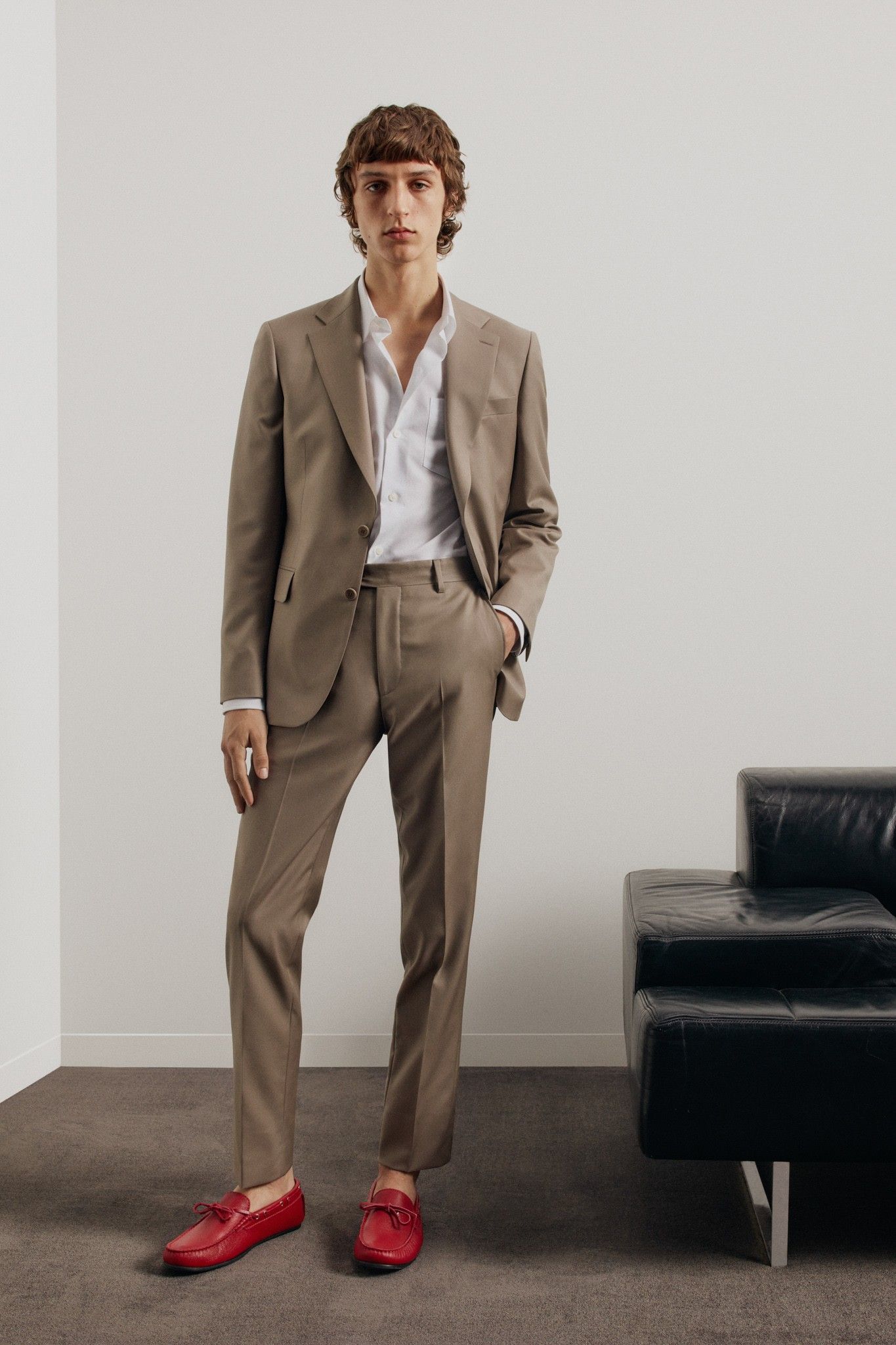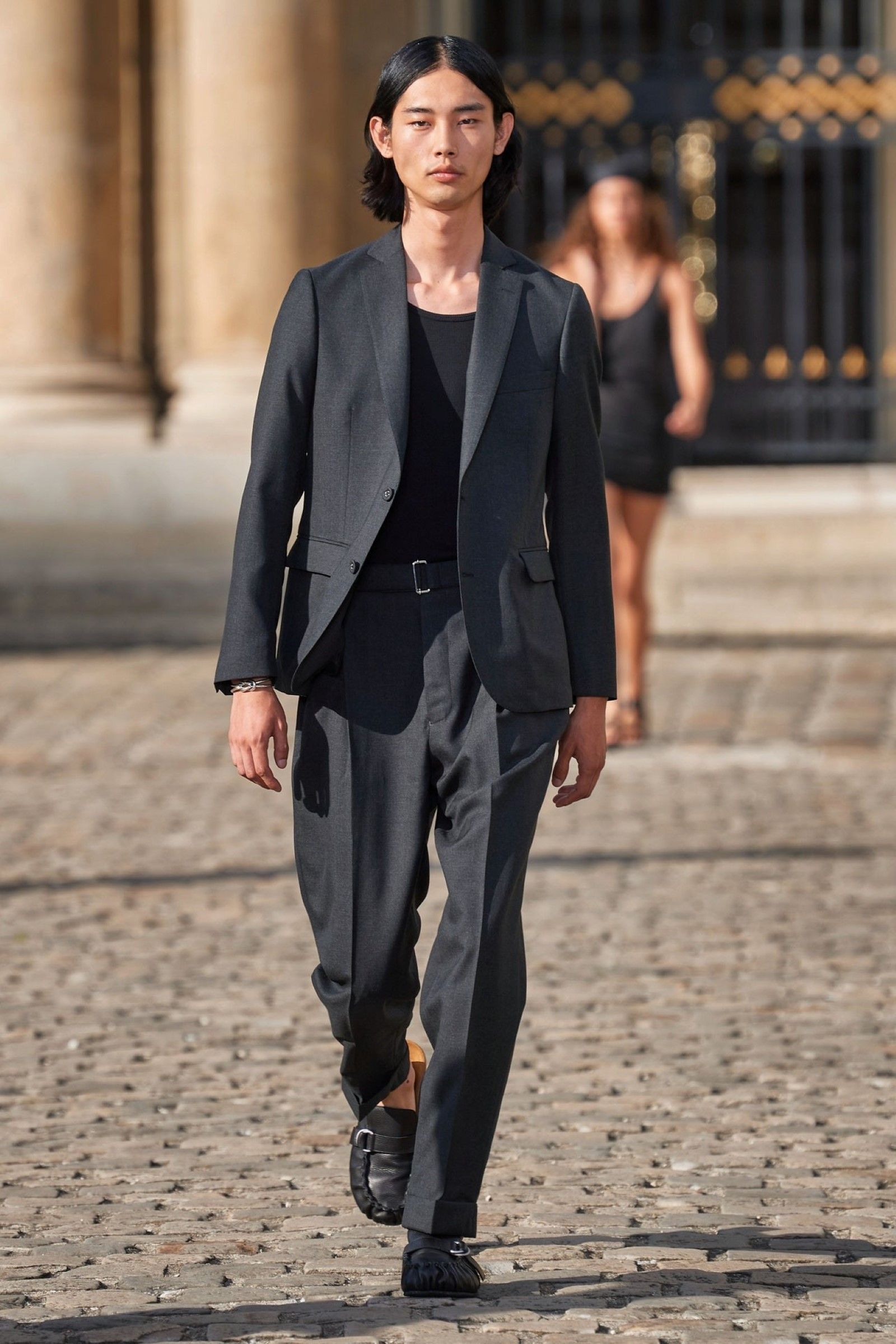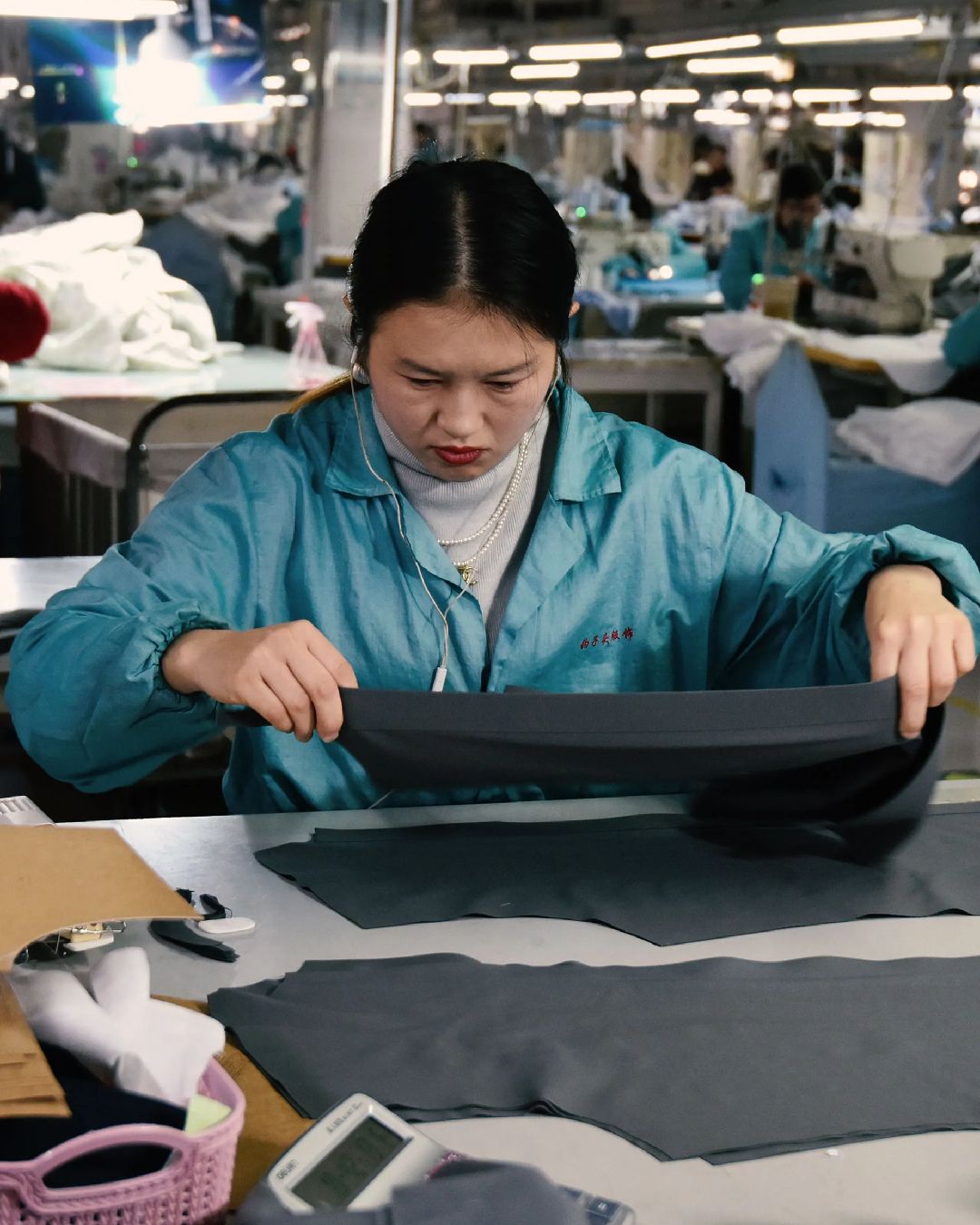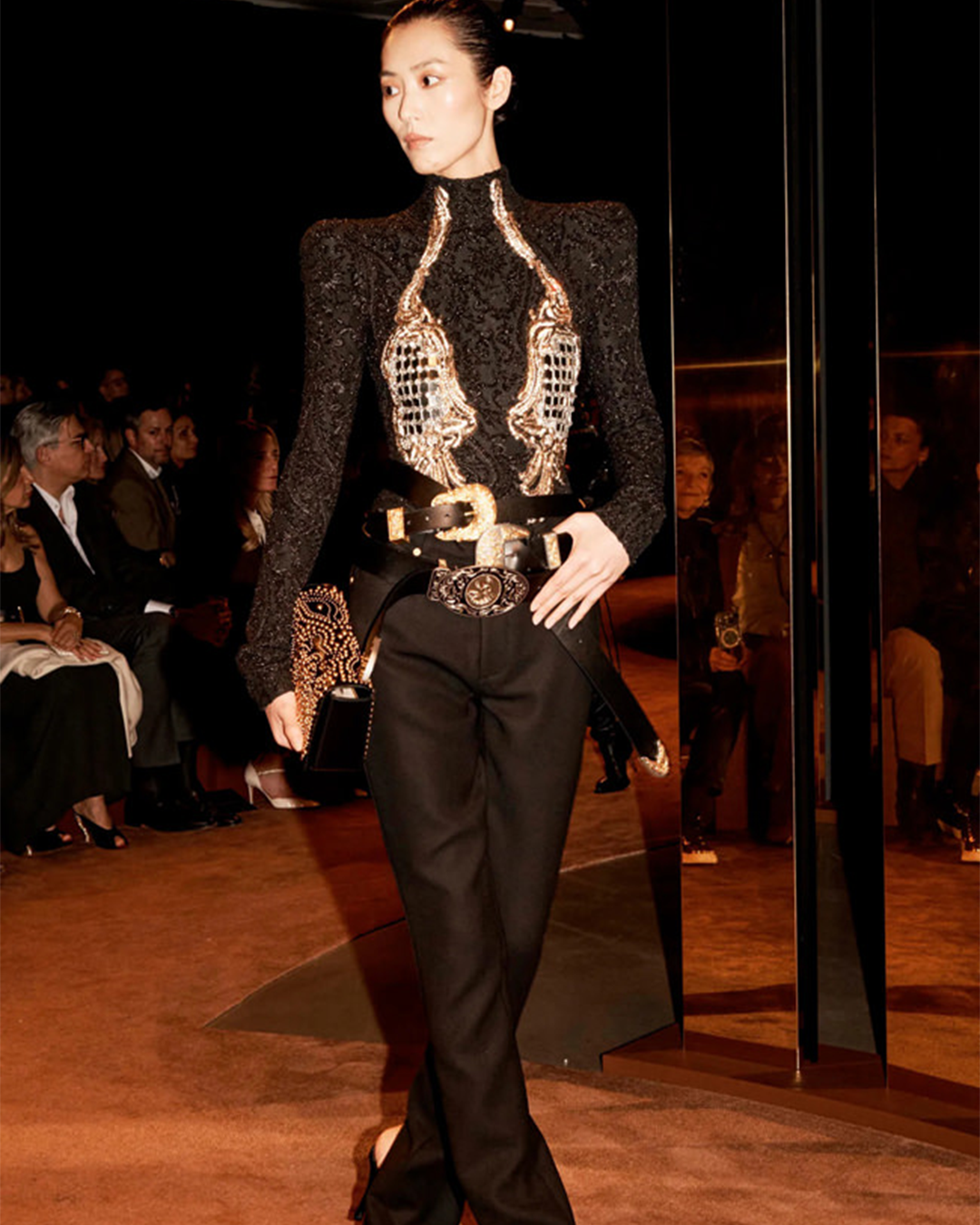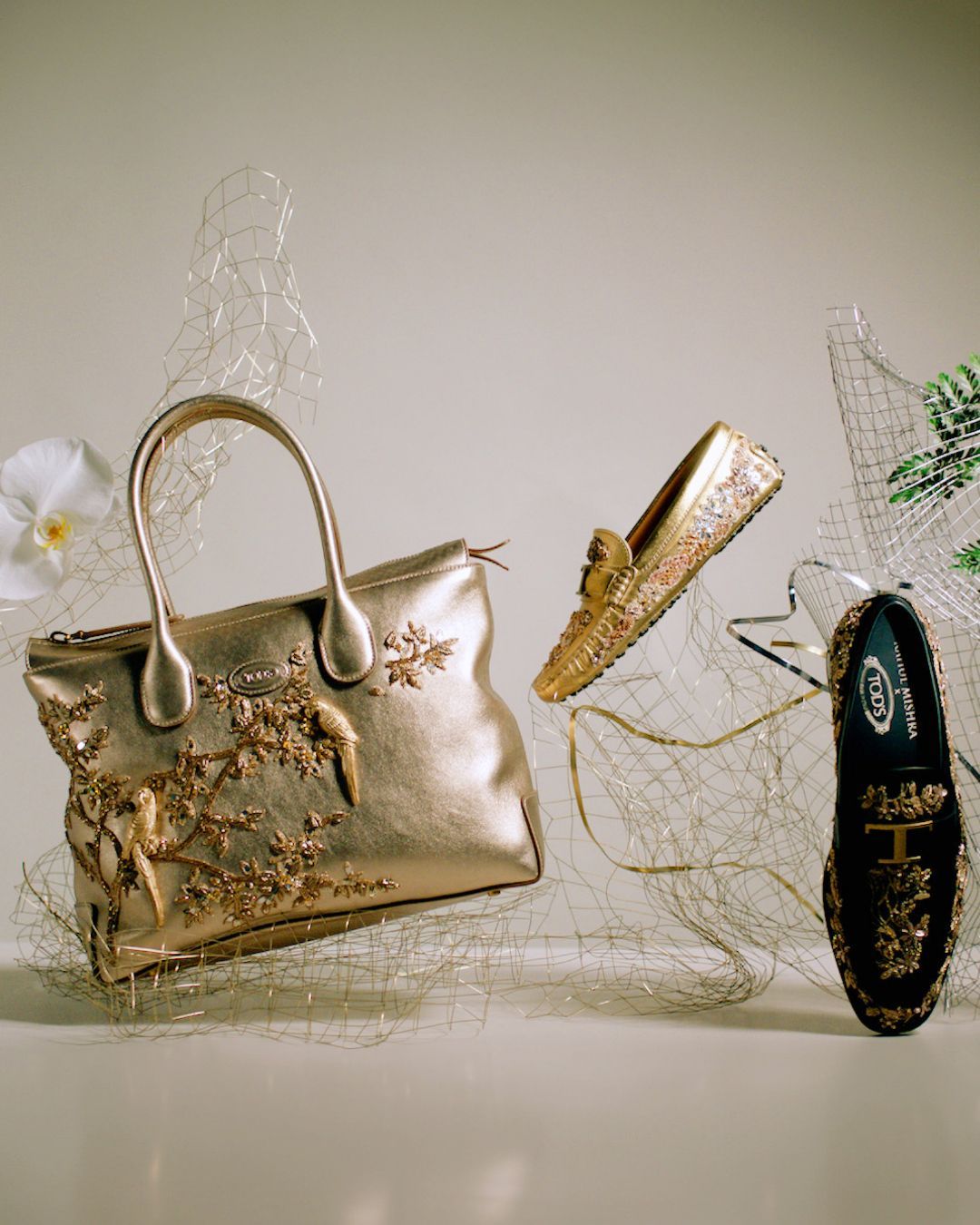
Low-to-the-ground luxury: the great comeback of shoes with rubber pebbles Why the Y2K icon will be the footwear of the coming season
When we think of fashion in the early 2000s there are many things that come to mind: the ill-fated red carpet looks of the young Disney actors, the Capri pants, the fedoras and vests, whatever John Cena wore, the low-rise jeans. There is, however, another icon from those years that we don't remember enough about, perhaps because their heritage is alive even now, perhaps because their unusual elegance made them so "for grown-ups" at the time: the rubber-pebbled loafers. Although they had been around for at least two decades, gumshoe loafers or driving shoes had become the thing to have in the early 2000s, a refreshing break from the formalism of the corporate loafer and other formal shoes that evoked a world too unplayful and modern for Gen X and then-teenage Millennials. Their main manufacturer in the luxury world was then and remains today Tod's, which named its models Gommino precisely to emphasize their unmistakable iconicity. Indeed, the Della Valle brand has never stopped producing them over the years (even establishing a custom-made service to personalize them), 2023 may be about to mark their return as a cultural icon.
If during the last Milan Fashion Week in September, Walter Chiapponi reinterpreted Tod's Gommino in the form of a satin or leather ballerina, a suede boot and a mule, making them among other things one of the flagship products of the three-way collaboration with Moncler and Palm Angels; ultra-flat moccasin models have been recurring over the last season, especially from Fendi and Emporio Armani, but also on the runways of independent brands such as Auralee, Officine Generale and De Fursac. Except in the case of Emporio Armani, it has to be said, none of these "flush to the ground" moccasins have the same grommets for which Tod's model remains famous - however, its construction is taken up, its apparent absence of a sole, the typical structure of the traditional moccasin here considerably lightened. In all cases, the aesthetic remains the same: ultra-soft, almost formal shoes but comfortable and light enough to be worn without thinking too much about it. The presence of the grommets, like cleats, is reminiscent of the tactical world of gorpcore, their upper recalls that "rich guy on holiday" vibe in full The White Lotus style or off-duty celebrity aesthetic, their ensemble remains at once so conventional and original together that it catches the eye without perplexing the beholder. But how did the rubberized loafer become iconic in the first place?
In the beginning it was Diego Della Valle. He happened one day, while still in New York (where he had worked until 1975) to find in a store in the East End of Brooklyn a pair of loafers that, instead of soles, had rubbers. They were the driving shoes, a type of shoe invented in France in the 1930s that met with little success, the patent for which was bought first by the Mostile shoe factory in Vigevano and then, in 1972, by the Miserocchi of Domodossola, who brought them to new fame after they became customers of Gianni Agnelli who, according to Giulio Miserocchi's recollections, not only wrote the orders in his own hand via letter, but also enclosed the leathers he wished to be used along with his own personal wooden shapes (the Avvocato had to use orthopedic shoes after being involved in an accident years earlier). Agnelli also wore the shoes in a famous interview with Enzo Biagi while on several other occasions he wore a similar model of a suede boot with a flat sole - in an instant the driving shoe entered the vocabulary of the Italian yuppie who aspired to the elegance of the moccasin without sacrificing the comfort of a sneaker and stayed there for the next two decades, never really changing. It was Della Valle and the prestige of Tod's that transformed the driving shoe into the Gommino, taking a sportive shoe model and inscribing it in the larger narrative of a brand that made it an icon. The reason for the success is quickly stated: as we entered the 1980s, the social occasions where a "casual chic" style was required increased, leading to the gradual demotion of the formal suit and the rise of the broken suit, the blazer worn with chinos or jeans (Gianni Agnelli set the school here as well), and in general to a traditional but more agile and sporty wardrobe. It was a change that reflected the rise of Gen X, the new cohort of young upstarts of the 1980s with their desire for status and innovation but their belonging to a still traditional world.
But why, then, should grommeted shoes be about to make a comeback? Beyond their appearances in fashion shows, and beyond their now 40-year status as the icon of a brand like Tod's, two cultural factors are aligning this year in such a way as to presage the coming boom of grommeted shoes. The first of all is the return of consumers to "safe" products, capable of withstanding the trend cycle and expressive of craftsmanship that moves away from the boredom and shoddy quality of the industrialized product. The second is the search for an alternative footwear to the sneaker, now over-saturated after the streetwear boom, and therefore to be replaced with models that are more "elevated" or adult but retain their comfort - a type of need that has led to the hitherto unheralded success of mules and backless shoes in general, reintroducing updated versions of formal footwear, which has brought back in vogue gardening shoes or low shoe models such as the Friulane and ballet flats, but also the low and thin adidas Samba. The "luxury slipper" vibe is the new vibe, with shoes going from monumental and solid as stone back to lightweight and flexible - but no less luxurious.
In the moment fashion is in today, where the codes of the past are being rethought and re-appropriated to break the conventions in which repetition, over the years, has locked them; in the post-streetwear world in which the Vans slip-on is being replaced by the moccasin, the hoodie by the mohair sweater, and even tailored pants are becoming increasingly baggy, it is not hard to imagine the moment when the rubber-soled driving shoe emerges from its business casual prison, taking on a new form, one that is close to tradition but not attached to it. Something similar has already happened in the aforementioned collaboration between Tod's, Moncler and Palm Angels, and perhaps, with fashion the conditional is always a must, this very collaboration could be the springboard for a fashion comeback that echoes in the Italian footwear and craftsmanship tradition.











































